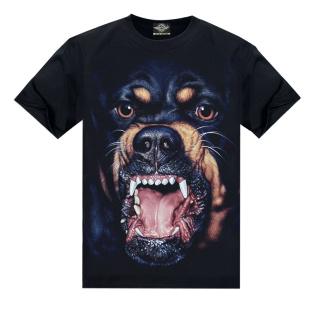Common clothing processing techniques include the following:
1. Printing: Printing patterns or pattern colors on fabrics through printing techniques. Common printing methods include screen printing, heat transfer printing, digital printing, etc. Printing can add decorative effects to clothing and enrich styles and colors.
2. Embroidery: Embroidering patterns or designs on clothing with embroidery thread or thin threads. Embroidery can add three-dimensionality and texture to clothing. Common embroidery methods include hand embroidery, computer embroidery, machine embroidery, etc.
3. Heat transfer: The heat transfer pattern is transferred to the garment using a heat transfer machine through the action of high temperature and pressure. Heat transfer can add a variety of patterns and patterns. Common heat transfer effects include metallic, pearlescent, luminous effects, etc.
4. Drilling: Use a special drilling machine to drill holes on clothing, usually used for making holes, decorative buttons, and stringing. Wait. Wearing diamonds can make clothing more personalized and fashionable.
5. Wrinkles: Special processes are used to create wrinkle effects on clothing, such as anti-shrinking, gathering wrinkles, etc. Wrinkles can make clothing more layered and flowing, and are commonly found in skirts, cuffs, etc.
6. Dyeing: Dyeing the entire or part of the garment to change the original color. Common dyeing methods include dip dyeing, spraying, airflow dyeing, etc. Dyeing can change the tone and color effect of clothing to achieve personalization and fashion needs.
7. Cutting and pasting: cutting and collaging different fabrics, accessories, and decorations, such as edging, combination splicing, etc. Cutting and pasting can add design and personalization to clothing.
These clothing processing methods can be selected and used according to the needs of clothing design, and can improve the texture, decorative effect and fashion of clothing according to different process effects. In addition, appropriate process methods and materials need to be selected based on the characteristics of the fabric and the purpose of the garment to ensure that the finished garments have good quality and comfort.








